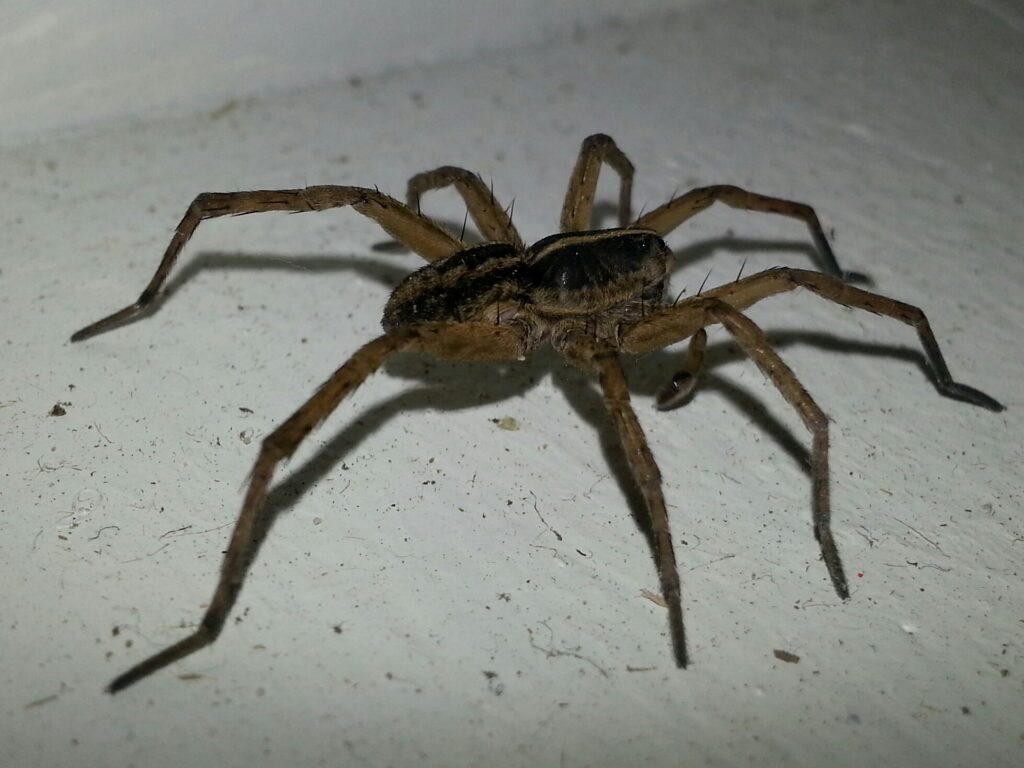 Mice are notorious for their incessant chewing, a behaviour that often puzzles homeowners and can lead to significant damage if left unchecked. But why do mice constantly chew? The answer lies in their biology. Mice have incisors that grow continuously throughout their lives, necessitating the need to gnaw on various materials to keep their teeth trimmed and sharp. This natural instinct drives them to chew on a wide range of household items, from wood and plastic to electrical wiring, leading to potential hazards in your home.
When facing a mice problem, understanding their chewing habits is the first step in addressing the issue. Truly Nolen in Niagara brings extensive expertise in pest control, offering effective solutions to manage and eliminate infestations. Their comprehensive approach not only targets the existing mouse population but also implements preventative measures to minimize future risks.
In this piece, we will explore the reasons behind mice's relentless munching and how Truly Nolen in Niagara can help you get rid of mice efficiently. We'll also explore practical tips for safeguarding your home against these unwelcome visitors. Stay tuned to learn more about tackling one of the most common and frustrating pests confidently and easily.
Mice are notorious for their incessant chewing, a behaviour that often puzzles homeowners and can lead to significant damage if left unchecked. But why do mice constantly chew? The answer lies in their biology. Mice have incisors that grow continuously throughout their lives, necessitating the need to gnaw on various materials to keep their teeth trimmed and sharp. This natural instinct drives them to chew on a wide range of household items, from wood and plastic to electrical wiring, leading to potential hazards in your home.
When facing a mice problem, understanding their chewing habits is the first step in addressing the issue. Truly Nolen in Niagara brings extensive expertise in pest control, offering effective solutions to manage and eliminate infestations. Their comprehensive approach not only targets the existing mouse population but also implements preventative measures to minimize future risks.
In this piece, we will explore the reasons behind mice's relentless munching and how Truly Nolen in Niagara can help you get rid of mice efficiently. We'll also explore practical tips for safeguarding your home against these unwelcome visitors. Stay tuned to learn more about tackling one of the most common and frustrating pests confidently and easily.
Understanding Mice and Their Chewing Behaviour
One of the most perplexing habits of mice is their constant need to chew. This behaviour is not merely a quirky characteristic but a physiological necessity. Mice, along with other rodents, possess incisors that grow throughout their lives. To prevent their teeth from becoming too long and hindering their ability to eat properly, mice must gnaw on various substances to maintain a manageable length and sharpness. This isn't just a random action but a crucial part of their survival. So, what do mice typically chew on? The short answer is almost anything they can get their teeth into. In our homes, mice often target wood, as it provides a sturdy yet chewable material to wear down their teeth. However, wood is not their only victim. Electrical wiring is another common target, creating dangerous situations like short circuits or even fires. These opportunistic pests chew through plastic containers, cardboard boxes, and even softer materials like fabrics. This versatility in chewing makes them particularly troublesome as they can cause significant damage to our belongings and home infrastructure. The Chewing Culprits Mice aren't particularly picky about what they gnaw on. Some common targets include:- Wood - Furniture, floorboards, and even structural components.
- Wires - Electrical wiring, which poses significant dangers.
- Household items - Plastic containers, cardboard, and fabric.

The Risks Associated with Mice Chewing
It's important to be aware of the significant threats that come with having mice in our homes. One of the most alarming dangers posed by them is the risk of electrical fires. When mice gnaw on electrical wiring, they strip away the protective insulation, which can lead to short circuits. This not only disrupts our electrical systems but can also ignite fires, putting our homes and loved ones at risk. In addition to fire hazards, their constant chewing on structural components such as floorboards and furniture can cause considerable and costly damage over time. Beyond physical damage, mice bring a range of health risks into our living spaces. These rodents can be carriers of various diseases, which can be transmitted directly or indirectly. For instance, mice spread hantavirus, salmonella, and leptospirosis through their droppings, urine, and saliva. Contamination of food sources and surfaces with these pathogens can lead to severe illnesses. Allergy sufferers may also experience exacerbated symptoms due to mouse dander and droppings exposure.Signs of a Mice Problem
Several telltale signs can alert to the presence of unwelcome guests in a home. Mice often leave behind a trail of evidence that, once recognized, can help us address the issue promptly. One of the most glaring indicators is the appearance of visible chew marks. As previously mentioned, Mice gnaw on various materials to keep their incisors trimmed, and their incessant chewing leaves behind distinct marks on wood, wires, plastic containers, and even fabrics. If you notice these signs of chewing, it's a strong clue that you have an infestation. Droppings are another common sign. Mice leave small, dark pellets around areas they frequent, particularly near food sources, along baseboards, or in hidden corners. Not only are these droppings unsightly, but they also pose health risks due to potential contamination. Additionally, you might hear sounds of activity, especially during the quiet hours of the night. Mice are nocturnal creatures, so squeaking, scurrying, or scratching noises emanating from walls, ceilings, or floors can be a clear indicator that they're getting comfortable in your home.Preventive Measures Against Mice
As homeowners, adopting proactive measures to keep your living spaces free from mice is important. By following some simple tips, you can make your home less inviting to these unwelcome visitors.- Securing Food Sources: One of the primary attractions for mice is readily available food. To prevent them from foraging in a home, store food in airtight containers and promptly clean up any crumbs or spills. Keeping kitchens and pantries tidy limits their access to potential meals. Additionally, ensure garbage bins are sealed and emptied regularly, as these can become a surprising food source.
- Reducing Clutter: Mice thrive in cluttered environments where they can find ample hiding spots. By maintaining an organized home, you can eliminate the nooks and crannies they seek for shelter. Regularly decluttering areas like basements, attics, and garages can drastically reduce the chances of an infestation. Consider using plastic bins instead of cardboard boxes for storage, as mice can easily gnaw through cardboard.
- Maintaining Cleanliness: A clean home is less attractive to mice. Regular vacuuming, sweeping, and dusting can help get rid of food crumbs and nesting materials. Ensuring that pet food is also stored properly and not left out overnight is another crucial step.
- Regular Professional Inspections: While daily efforts contribute significantly to preventing infestations, regular professional inspections provide an additional layer of protection. Professionals have the expertise to identify potential entry points and subtle signs of pests that we might overlook. Scheduling routine check-ups helps to catch issues early and maintain a mice-free environment.

